A multinational group of ornithologists, co-led by Dr Per Alström of the Swedish Species Information Centre and Dr Fumin Lei of the Chinese Academy of Sciences’ Institute of Zoology, has described a new species of warbler from China.
Dr Alström, Dr Lei and their colleagues have suggested Locustella chengi as the scientific name of the new species.
“We are pleased to name Locustella chengi after the late Professor Cheng Tso-hsin (1906–1998) in recognition of his unparalleled contributions to Chinese ornithology, of which his monumental work A Synopsis of the Avifauna of China is the most widely known outside of China,” they wrote in the paper in the journal Avian Research.
“We recommend the use of the English name Sichuan bush warbler.”
Co-author Dr Pamela Rasmussen of Michigan State University and the Natural History Museum at Tring, UK, explained: “we wanted to honor Prof Cheng Tso-hsin for his unparalleled contributions to Chinese ornithology. Many species are named for European explorers and monarchs but few bear the names of Asian scientists.”
The Sichuan bush warbler belongs to Locustellidae, a recently recognized family of insectivorous songbirds.
It is a relatively small bird with an average length of 13 cm and weight of 10 g. The wing length is 5.5 cm, and the tail is 5.7 cm long.
“Upperparts from forehead to uppertail-coverts uniformly warm grey-brown. Folded wings and tail same color as upperparts,” the team wrote in the paper.
“Throat whitish centrally, pale brownish-grey on the side with a faint yellowish tinge. Center of breast pale brownish-grey with a faint yellowish tinge, side of breast slightly darker and browner. Barely visible darker spots at junction of throat and breast.”
“Belly whitish with a pale dingy yellowish tinge, appears whitish from a distance. Undertail-coverts cold grey-brown with grayish-white tips on average 3.6 mm wide, basal ones narrower, more diffuse and more buffy-tinged.”
The Sichuan bush warbler is endemic to China, breeding in Shaanxi, Sichuan, Guizhou, Hubei and northwest Hunan, with a single record from NW Jiangxi. The winter range is unknown.
“It is locally common and does not seem to be under any imminent threat, as its habitat is widespread and not threatened. It occurs in mountainous areas, and we have observed it at 1,000-2,275 m,” the scientists wrote.
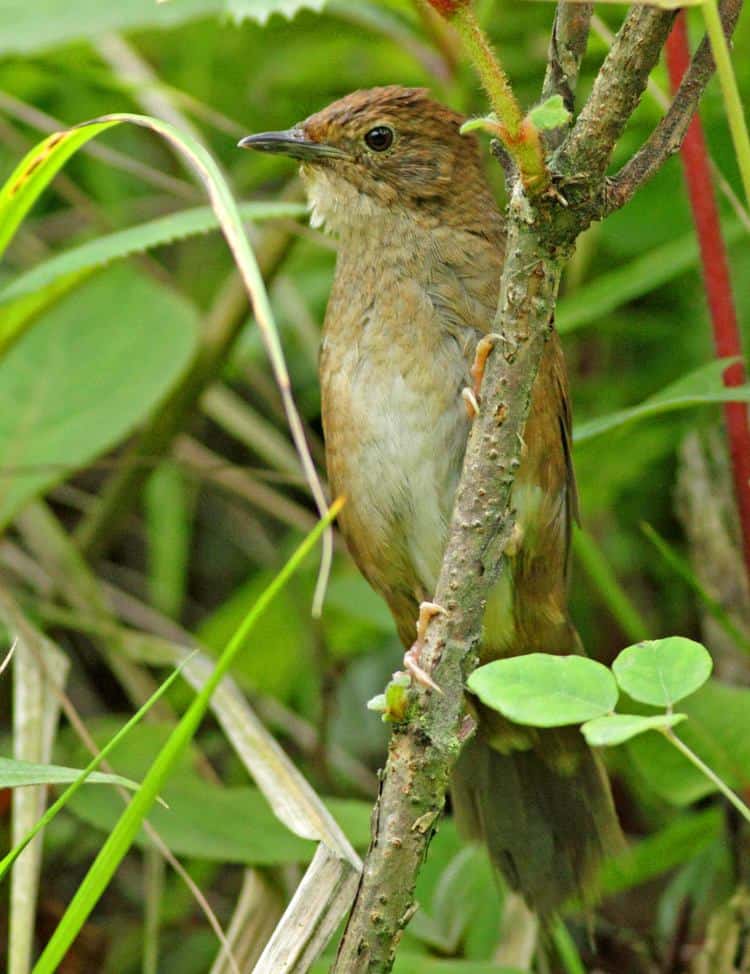
“It is found on slopes as well as on flat ground, in open habitats with dense low vegetation of herbs and/or ferns, often in association with trees, such as in forest clearings and in sparse secondary forest. We have also observed the bird inside tea plantations.”
“The Sichuan bush warbler is exceedingly secretive and difficult to spot as its preferred habitat is dense brush and tea plantations,” Dr Rasmussen said.
“However, it distinguishes itself thanks to its distinctive song that consists of a low-pitched drawn-out buzz, followed by a shorter click, repeated in series.”
The scientists have heard song activity from late April to mid-June, indicating that the breeding season begins mainly in May.
_____
Per Alström et al. 2015. Integrative taxonomy of the Russet Bush Warbler Locustella mandelli complex reveals a new species from central China. Avian Research 6: 9; doi: 10.1186/s40657-015-0016-z
This article was first published by Sci-News.com on 01 May 2015. Lead Image: The Sichuan bush warbler (Locustella chengi), Laojun Shan, China. Image credit: Per Alström et al.
What you can do
Support ‘Fighting for Wildlife’ by donating as little as $1 – It only takes a minute. Thank you.
Fighting for Wildlife supports approved wildlife conservation organizations, which spend at least 80 percent of the money they raise on actual fieldwork, rather than administration and fundraising. When making a donation you can designate for which type of initiative it should be used – wildlife, oceans, forests or climate.

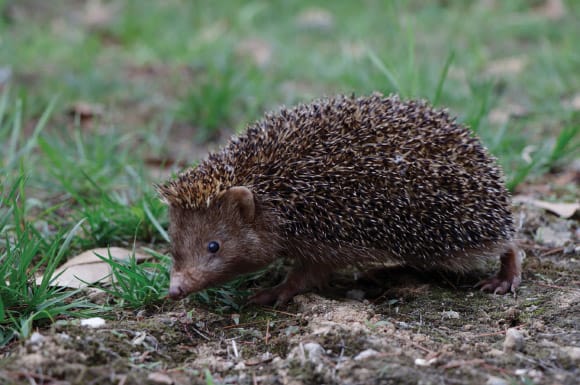
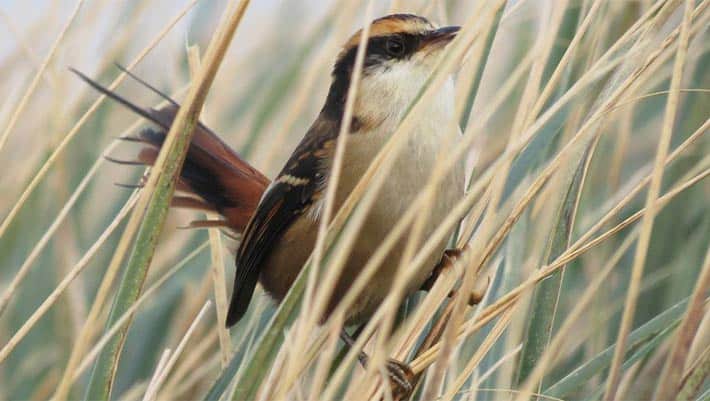
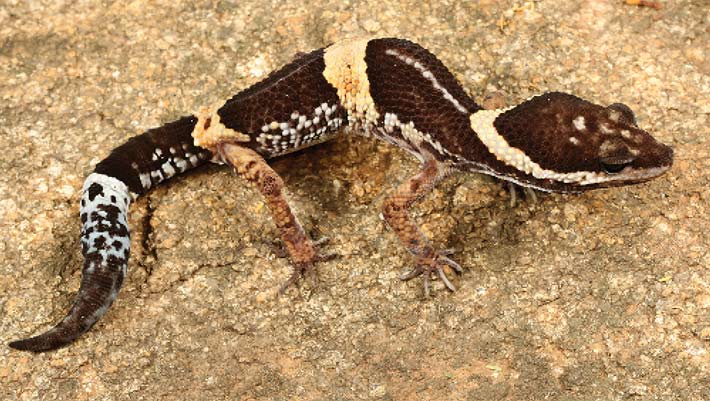
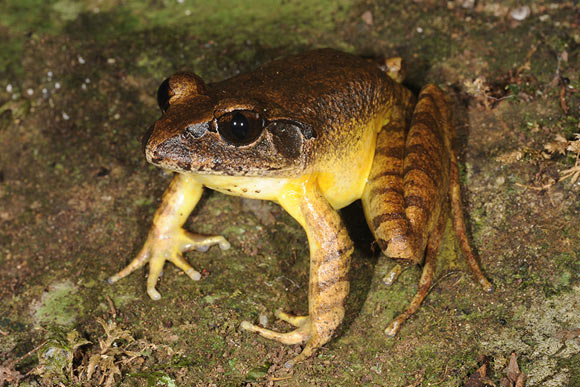
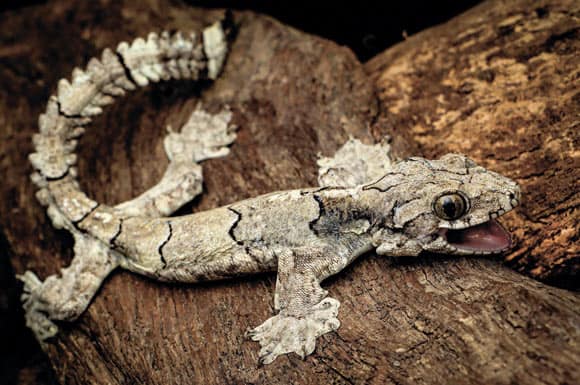
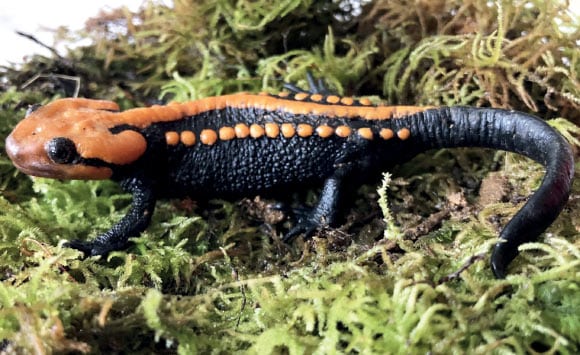
Leave a Reply